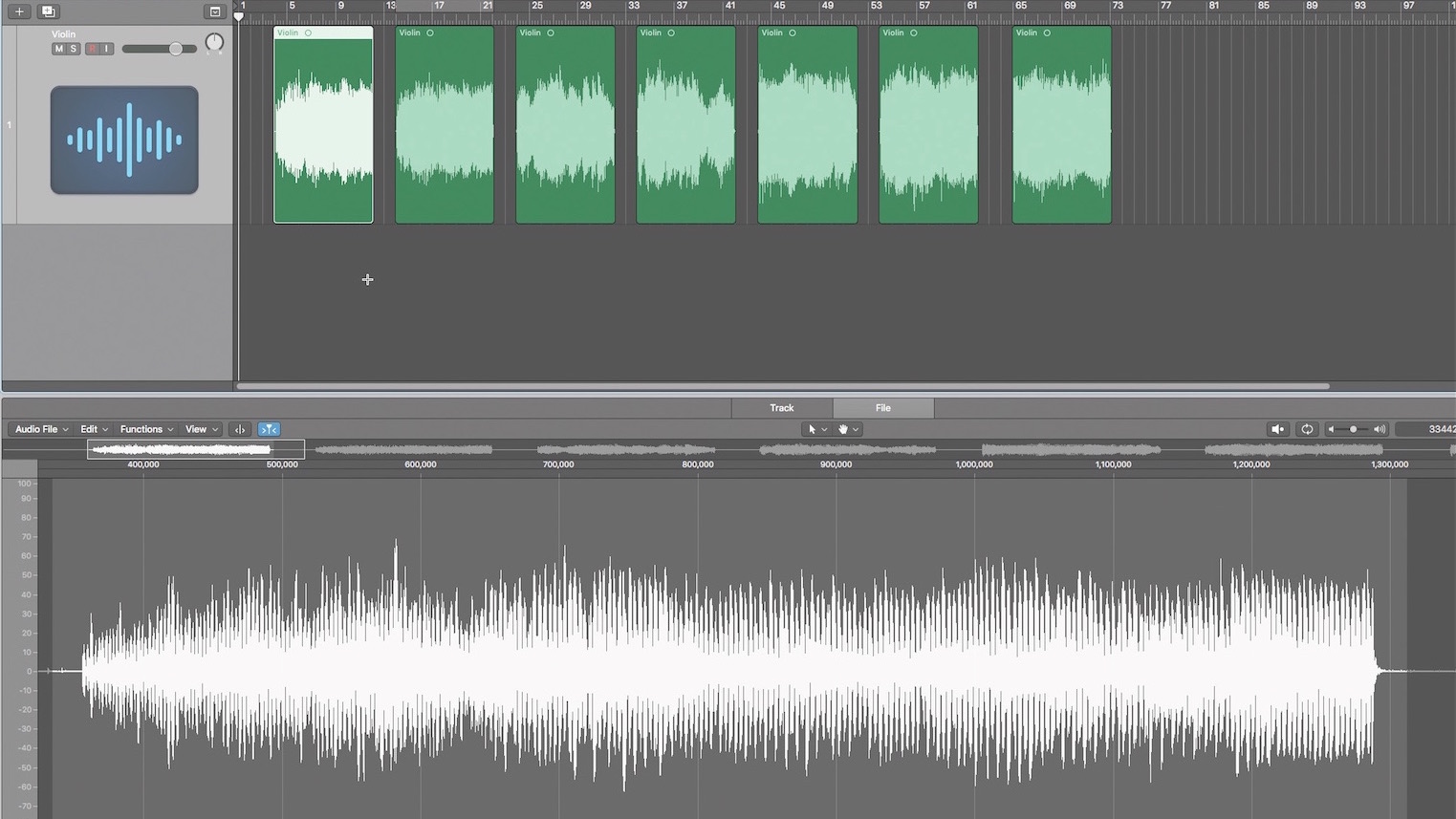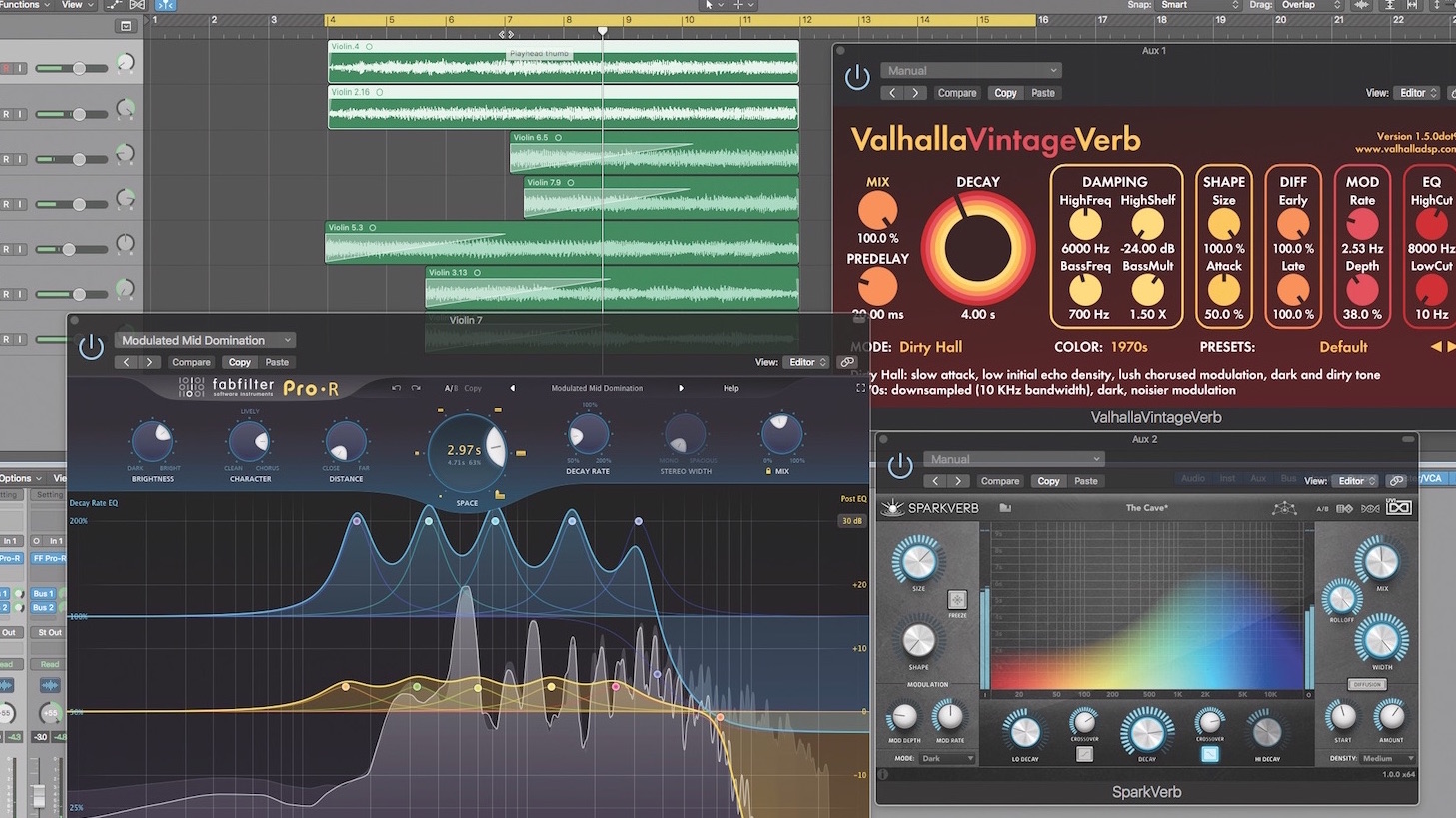How to create a cinematic riser from multiple violin performances
Designing a unique, personalised riser should be an interesting and inspiring task

A cinematic riser sound brings tension to the silver screen, heading up and up in pitch before ending in resolution or shock.
Here we’re rolling our own cinematic riser from a number of individually recorded violin performances. Modulation, fades and stereo effects will go very far along the way here, as we work to add drama to the sound in any way possible.

Step 1: We start by recording a solo violin playing a series of tremolo pitched glissandi. ‘Tremolo’ means scrubbing the bow quickly back and forth across the strings whilst ‘glissandi’ means multiple recordings of sliding pitches (we use ‘glissando’ for a single sound). All our recordings slide upwards. Here’s the first recording by itself.

Step 2: Each recording was recorded to a click at 90bpm for 8 bars. As a result, when we place each file on its own audio track and press play, all of the recordings build over the same time period. Here they all are playing together.

Step 3: Next, we organise the recordings, with the lowest starting pitches at the top and the highest ones on the bottom tracks. We then combine them into stereo pairs, panning each of these left and right by different amounts, leaving one in the middle.

Step 4: Next we stagger the starts of each recording by trimming each pair and beginning them at different times. We introduce volume for each pair by drawing fade-ins on the recordings too, so that tension grows gradually. We also prioritise the volume of the lowest pitches.

Step 5: The recordings remain bone dry. We set up two auxiliary reverbs – Valhalla Vintage Verb and UVI Sparkverb – before also setting up Insert reverbs on every channel, using a midrange heavy treatment. We blend the wet and dry signals to emphasise the fidgety nature of the overall sound.
Want all the hottest music and gear news, reviews, deals, features and more, direct to your inbox? Sign up here.

Step 6: Finally, we add two parallel distortion treatments via iZotope’s Trash. These add drive, grit and bite. We automate the volume of their return channels, so that they fade up as the riser grows and develops.
For more inspirational sound design articles with a cinematic bent, check out issue 322 of Future Music, available in print or digital formats.
Future Music is the number one magazine for today's producers. Packed with technique and technology we'll help you make great new music. All-access artist interviews, in-depth gear reviews, essential production tutorials and much more. Every marvellous monthly edition features reliable reviews of the latest and greatest hardware and software technology and techniques, unparalleled advice, in-depth interviews, sensational free samples and so much more to improve the experience and outcome of your music-making.
